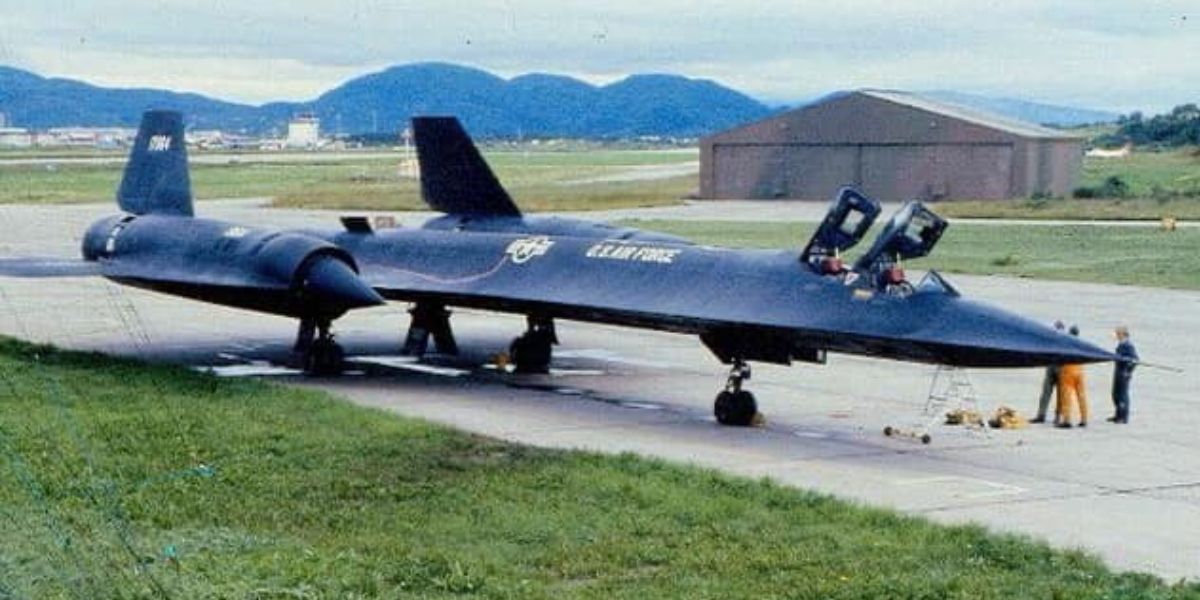The SR-71 Blackbird
The US Air Force (USAF) created the SR-71 Blackbird in the 1960s; it was a plane that could move at a speed that exceeded three times the sound of its own engines.
The SR-71 spy plane held the record for being the fastest and highest-flying operational aircraft in the world for about 24 years. At a speed of Mach 3+, from 80,000 feet, it could survey 100,000 square miles of Earth’s surface per hour. Additionally, the Blackbird only needed to accelerate in order to outrun any attacker that could attempt to shoot it down with a missile. Its engineering was so advanced that new tools had to be created to assemble the SR-71.
JP-7 fuel
Ordinary jet fuel couldn’t be used in the Blackbird because of how hot it grew during its Mach 3.2 run. It was necessary to use jet fuel with a high flash point and high thermal stability. To meet this requirement, Shell created a unique fuel blend known as JP-7, which has a high flashpoint to keep the fuel from igniting due to the heat from the airframe.
One more issue with operating at Mach 3+ was that, when the SR-71 was designed, no sealant could endure the intense heat produced by an aircraft traveling at that speed.

SR-71 Blackbird leak fuel
The Blackbird consequently leaked fuel. Everyone knows about the fuel leak on the SR-71. They frequently chuckle about it, as if to imply that there was a serious problem with the Blackbird. However, as we have previously shown, this is untrue.
Master Sgt. Floyd Jones (ret.) worked on the Blackbird for nearly 20 years, (according to Air Zoo, Jones entered the USAF in 1966. Assigned to Beale AFB in 1967, Jones became an SR-71 Crew Chief/Phase Inspector. After international assignments, he returned to Beale in 1980, where he became an SR-71 Inspection Dock Chief. Later, Jones worked with SR-71 flight testing and scheduled an SR-71 aircraft to wash at Beale). He was asked if the Blackbird continued to leak fuel, even when it was flying. Here’s his answer.
‘During the PDM [Phase Depot Maintenance], over 10,000 man-hours were expended for fuel tank repair. When the SR was turned over to the Air Force, the fuel leaks were mostly fixed. But after flying at speed, the leaks started to return.
‘You need to understand what constitutes a fuel tank on the SR-71.
‘It starts with an aircraft structure that is sealed with a polymer sealant on all edges and seems.
‘After flying at speed and altitude, the sealant starts to crack, thus creating a leak. Since we couldn’t find a sealant that could withstand the extreme temperature changes a plus 500 degrees to a minus 30.’
SR-71 Blackbird continues to leak fuel
Jones concludes;
‘So yes, the SR-71 would continue to leak under all conditions. It never stopped, even today, 30 years after they were put on public display. They are weeping JP-7 fuel.’
Check out Habubrats SR-71’s Twitter profile and Born into the Wilde Blue Yonder‘s Facebook page for further Blackbird photos and stories.
Photo by U.S. Air Force

